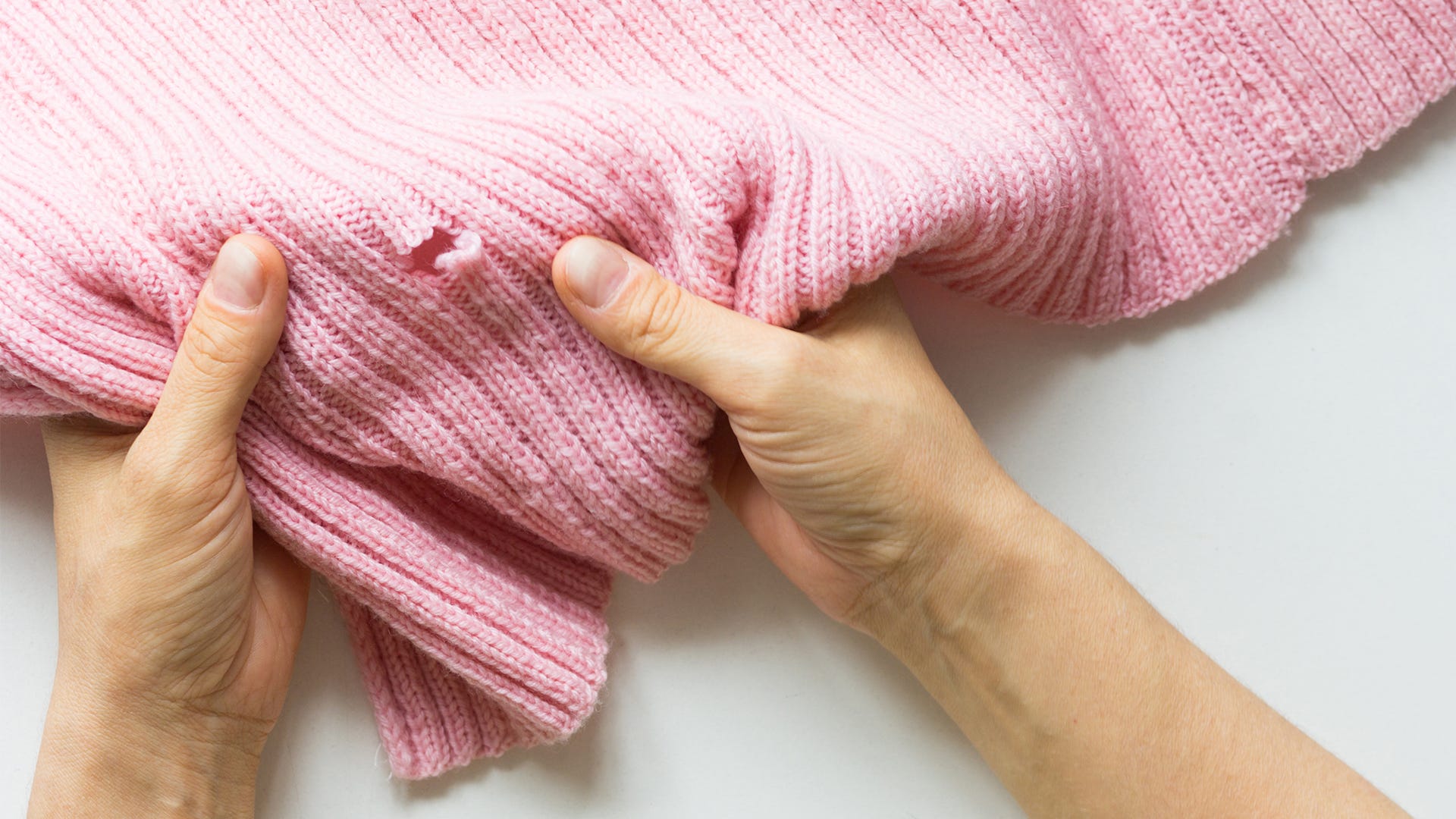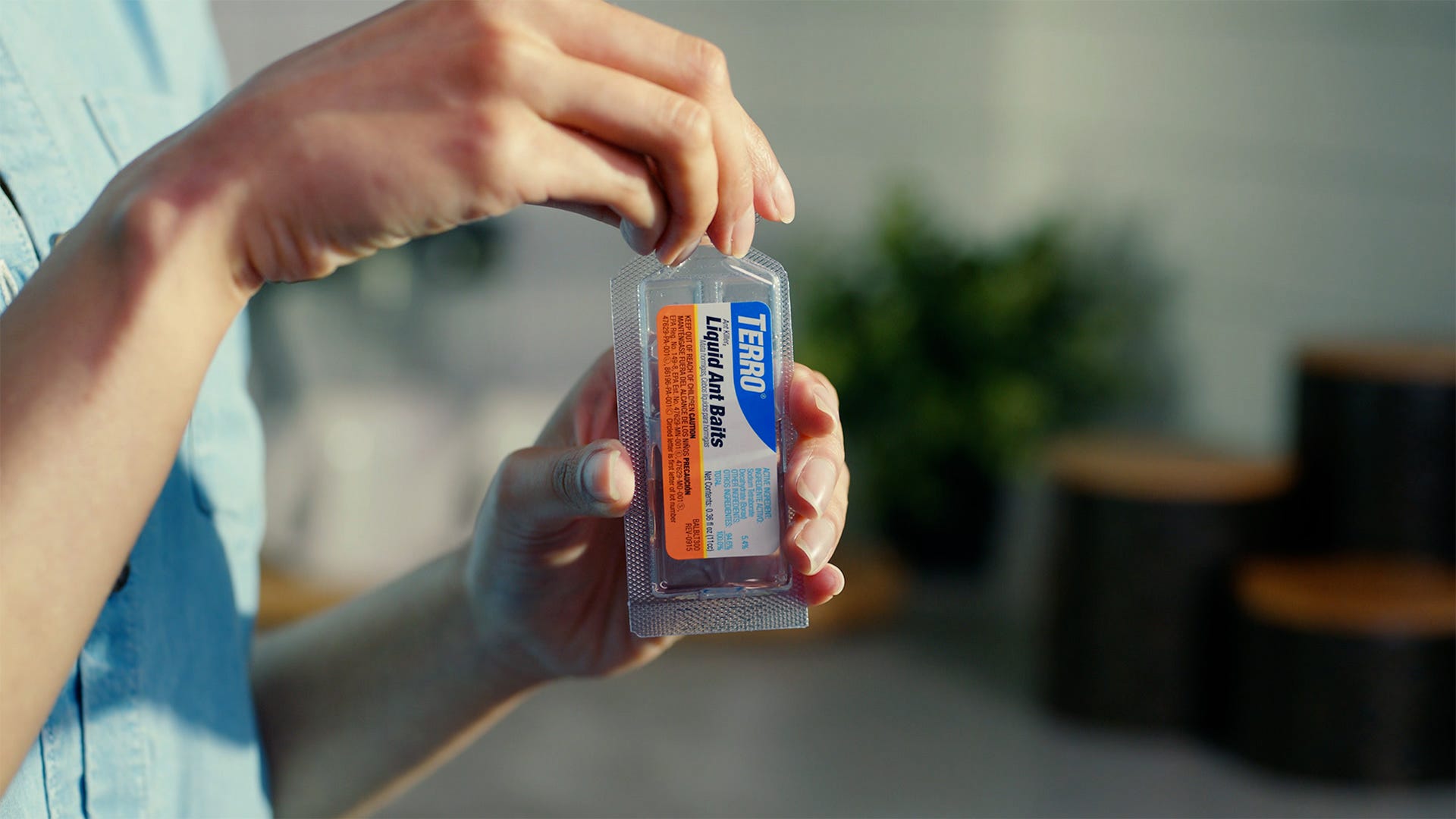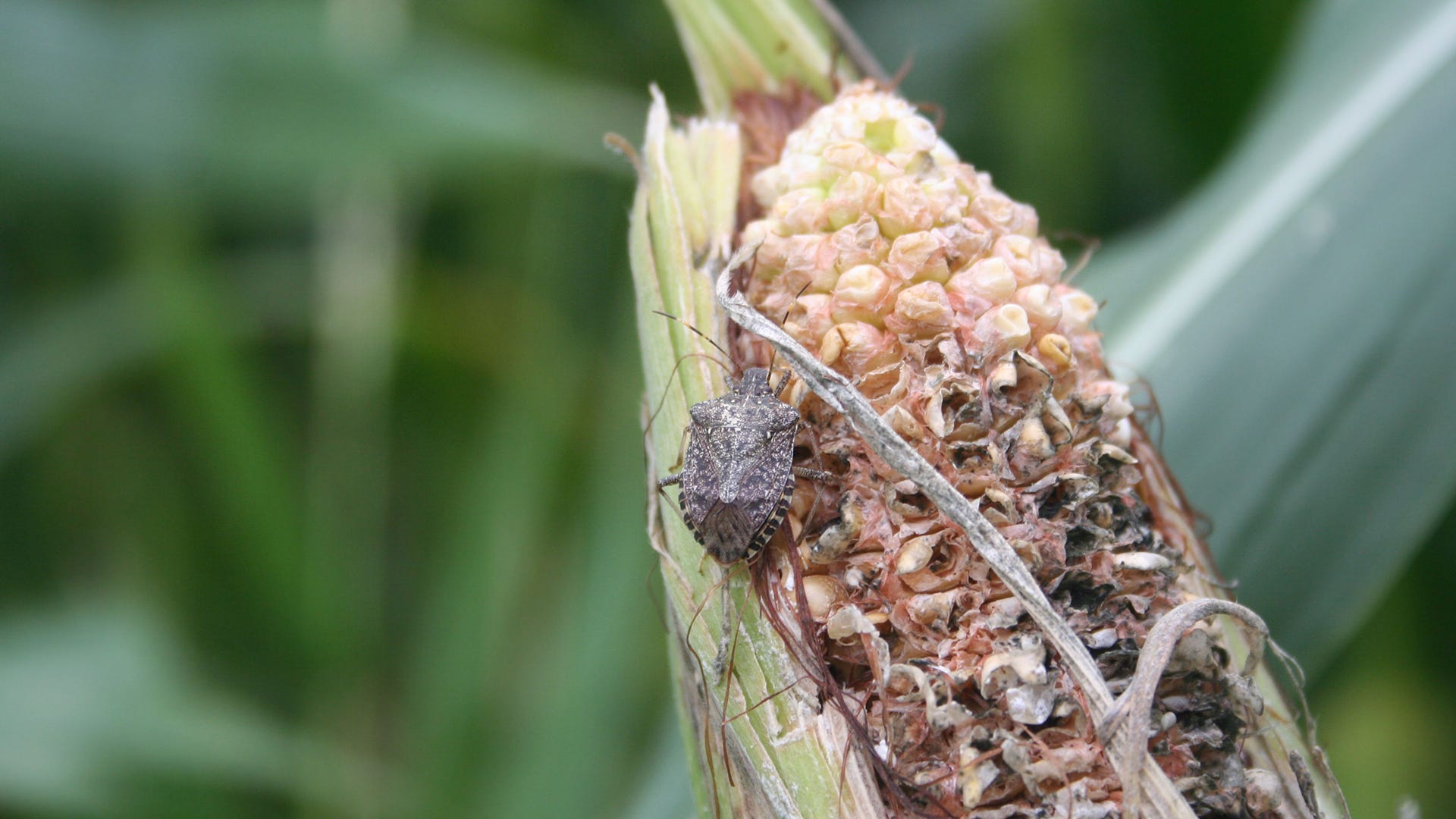Insect infestations can be frustrating to deal with – they take time, money and a lot of effort to properly eradicate the pest. If your home has a clothes moth infestation, another layer of difficulty is applied as you try to protect and clean your valuable wool, silk and fur garments. Battling clothes moths is no simple matter and can be costly to do, but TERRO® has assembled this guide to help.
Signs of A Clothes Moth Infestation
Recognizing that you have clothing moths will be your first step to eliminating them from your home. The signs aren’t usually apparent until you discover damage wrought by the clothes moth larvae. Some of the signs of a clothes moth infestation include:
- Furrows, silky tunnels or trenches found on wool products, including clothing, blankets and rugs.
- Excessive shedding from furs.
- Patches of damage to wool rugs, especially in little-used areas of the rug.
- In some cases, tiny tubes clinging to suspect material. These are the “cases” that casemaking clothes moth larvae create and live inside.
- Small crusty accumulations on fabrics, rugs and clothing. These will be the same color of the fabric. If no wool, silk, cashmere or furs are present, then you may spot damage to cotton, linen and other less-desirable clothes moth food sources.
- The physical appearance of moths when you remove fabric from their storage areas. Some will fly away, others will crawl away despite having wings.
It should be noted that clothing moths primarily seek out animal-based fabrics, as well as fur, hair, leather, feathers and taxidermy. If those materials can’t be found, the larvae of these bugs will also eat lint, dust, cotton and linen because they are often saturated with tasty oils.
Types of Clothing Moths
There are two primary kinds of clothing moths – the webbing clothes moth and the casemaking clothes moth. Both of these moths and their larvae are treated the same way. The only difference worth noting between the two is the evidence one leaves behind. The larvae of casemaking clothes moths create small, fibrous tubes that cling to the material they’re eating. Both moths have cream colored wings and bodies. Their larvae, which are responsible for your damaged fabrics, are worms that are about a half-inch long.
Life of A Clothes Moth
Clothes moths seek out dark, undisturbed areas to eat, mate and reproduce. That’s why they are often found in closets and other areas in a house that go relatively unused for long stretches, such as an attic. Eggs hatch in about 4 to 10 days in the summer and three or more weeks in the winter. After hatching, the larvae seek out a food source. The larvae then dine until they transform into moths, at which point they mate and the cycle begins again. The larvae and pupa of clothes moths can survive for months without food, which makes totally eliminating an infestation difficult. The entire clothes moth life cycle usually takes four to six months. However, researchers say that with the right conditions these insects can remain in their larvae stage for more than two years!
Fighting A Clothes Moth Infestation
Once you’ve determined that you have a problem with clothes moths, you need to take steps to eradicate them from your house.
- Set Out Clothes Moth Traps – Set the TERRO® Clothes Moth Alert in your walk-in closet, chest of drawers or underneath a bed. This simple pest trap is devised to lure and kill adult clothes moths without leaving a mothball smell on your fabric products. To get rid of the larvae, which do the damage, additional steps need to be taken.
- Shake It Off – One quick way to dislodge any active larvae or moths is to simply shake the suspect garment vigorously. They will fall to the floor where they can be quickly vacuumed.
- In some cases, tiny tubes clinging to suspect material. These are the “cases” that casemaking clothes moth larvae create and live inside.
- Launder All Clothes – To eliminate most of the larvae and moths lingering in your home, put all your clothes through the laundry on high heat. Those high temperatures will kill any moths and their young.
- Freeze Fabric – Some fabric simply cannot be washed. For those items, you can seal them in a plastic bag and put them in a freezer for about 12 hours. The intensely cold temperatures will kill eggs, larvae and moths. If your infestation occurs during a cold snap, you may even be able to take large items outside to eliminate the moths and their larvae.
- Vacuum Your Storage Areas – Before you put any clothes or fabrics back into their normal storage areas – including closets, drawers, chests and bureaus – thoroughly vacuum out these areas and pay special attention to any crevices or dusty areas where eggs and larvae may be accumulating. The cleaner you make it, the less likely the infestation will return. Once done vacuuming, take your machine outside, remove the vacuum bag, seal it in a plastic bag and throw it in the trash. Remember, larvae can survive on dust, so get the vacuum debris out of your house!.
- Reconsider Mothballs and Cedar Balls – Both mothballs and cedar balls can repel or even kill moths. Each has its own problems though. For mothballs to work effectively, they must be sealed in a container with the infested fabrics. This tends to make the fabrics take on the mothball smell. Cedar balls, on the other hand, need to be “refreshed” frequently, and that means you have to scratch them up with sand paper. Doing so reactivates their scent.
- Exterminator – In extensive infestations, a professional exterminator may be required. While costly, a thorough treatment with chemical insecticides may be the ultimate solution to control these bug.

Preventing Clothes Moths
If you’re looking to avoid an infestation (or a resurgence), then understand that prevention is the key to your fight against clothing moths. Keep the following tasks on your regular chore list:
- Cut Back on Fabrics – According to one report, the average woman now has four times as many clothing articles as she did in 1980. That means you have a lot of clothes that rarely get worn, which gives clothes moths ideal conditions to dine undisturbed.
- Keep Clothes Clean – Always wash your clothes after they’ve been worn for any period of time. Even wearing an article for a few hours can deposit a layer of oil that draws larvae to your clothing. Further, the more frequently a piece of fabric is laundered, the less likely it is to house these moths or their larvae.
- Hang, Don't Stack – Clothing moths seem to prefer clothing that’s stacked on top of other clothing. It could be they appreciate the darkness or the relative stillness of such an arrangement. Regardless, it’s apparent that they prefer not to dine on clothing that’s placed on a hanger or hook.
- Seal Clothing Away – For clothing that doesn’t get regular use, get it dry-cleaned and then immediately seal it in a moth-proof container or bag. This will keep these creatures from damaging these little-used items. The containers don’t need to be vacuum sealed, just closed in a bag or container that keeps moths and their larvae out.
- Clean Second-hand Fabrics – If you regularly collect vintage clothing at a consignment shop, bring home antique rugs and furniture or buy from yard sales, you need to remain vigilant. Clothing can be laundered normally or dry cleaned before coming home. Rugs and furniture can be beaten outside to shake off larvae and then thoroughly cleaned.
- Vacuum Regularly– Closets and other fabric-storage areas should be regularly inspected for clothing moths and vacuumed to remove dust build-up. As you do, shake out and inspect any fabric item that’s remained in the same place for a long time.
Your Clothes Moth Solutions
Are you struggling with a clothes moth infestation? What have you done to prevent clothing moths? If you have any questions about clothes moths, ask below in the comments, through our online contact form or by calling our customer service center at (800) 800-1819. You can also tell us about your clothes moth infestation the next time you visit TERRO® on Facebook.
Subscribe to our eNewsletter for more pest fighting ideas as well as exclusive updates on our products.




